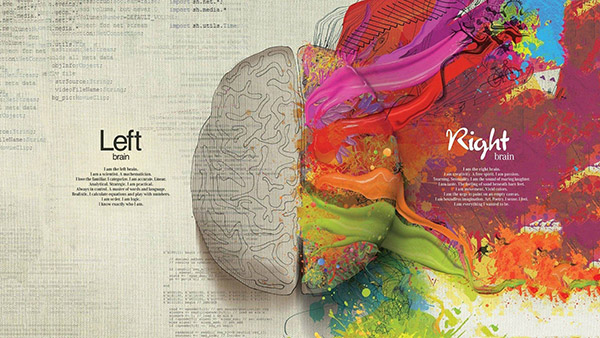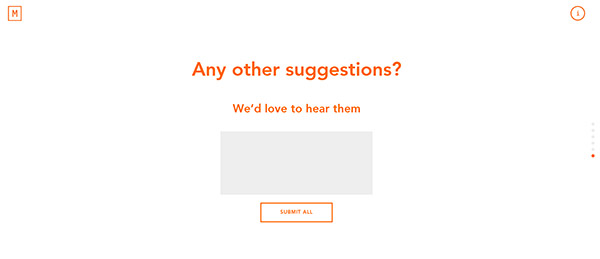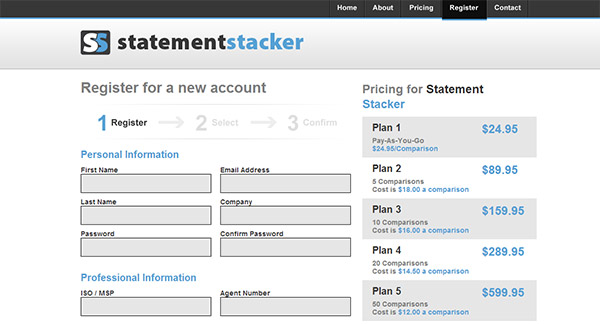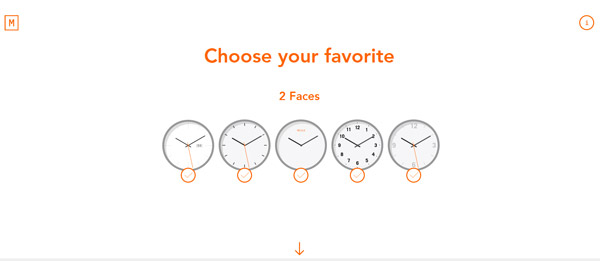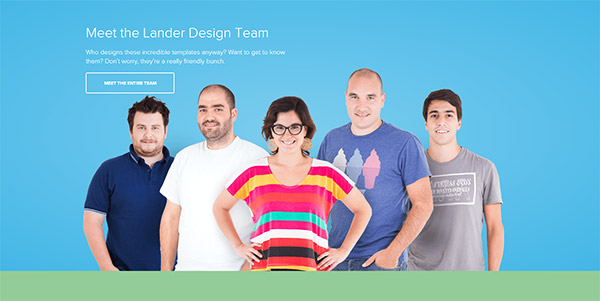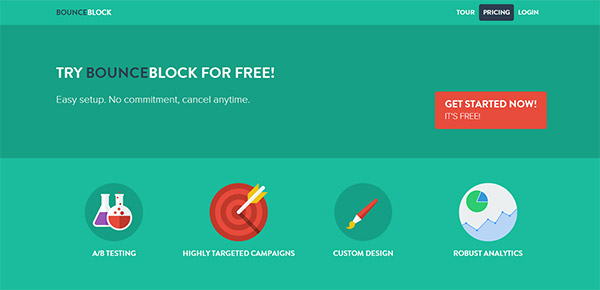How to Use Neuroscience Findings to Improve UX and Conversions?
What if you knew the perfect formula for a successful product? Sounds like a marketing pitch for some cheap Hollywood movie, doesn’t it? But the truth is that scientists may soon have the “first draft” of that success recipe or at least will have a list of ingredients. Extensive studies in the field of neuroscience combined with numerous eyetracking researches, brain scans and neuromarketing findings prepare the ground for some very interesting discoveries also from a UX perspective.
Neuroscience is basically a scientific study of the human brain and nervous system. It explains how our brain works and how it reacts to different stimuli. Obviously marketing people were the first to take advantage of these findings and that’s how neuromarketing was born.
Needless to say, user experience is very closely related to marketing discipline and we can even refer to it as the “customer experience on the web”. While most of neuromarketing and neuroscience findings can be applied to UX, there is also plenty of user behavior data from advanced usability studies.
Multimillion companies have already embraced the opportunities of neuroscience. They conduct niche specific studies to increase customer satisfaction and of course sales. For the rest of us with a much lower budget here are some very insightful neuroscience findings that can help significantly improve your UX and conversions.
According to a research conducted by David Rock, co-founder of the NeuroLeadership Institute and editor of NeuroLeadership Journal, there are certain domains of human social experience, like status, authority, certainty, that may activate either a positive or a negative response in our brain causing us to feel content or upset. Now let’s go through some of the main findings of the study and see how we can build them into UX.
“Humans hold a representation of status in relation to others.”
We love to feel important and appreciated, especially with regards to others. Some studies even suggest that an increase in status is similar in strength to winning a jackpot, while a potential or real reduction in status activates the same regions of the brain as physical pain.
So with this in mind we need to emphasize the sense of status for the user. It’s not that difficult if you really care about the user and value his/her opinion.
Practical Tips:
- Ask for feedback or a review of your product. Make the user feel that his/her opinion counts and don’t forget to reply to any comments whether good or bad.
- Avoid using too complicated, field specific terms and phrases, unless you are targeting a corresponding audience. You don’t want to make the user feel like he/she is not competent enough to understand.
“The brain is a pattern-recognition machine that is constantly trying to predict the near future.”
The human brain tries to predict the future based on existing memory patterns. Otherwise it takes significantly more resources and energy for the brain to process fresh data. We like to feel certain about the future, we want to know what’s coming, while the sense of uncertainty is stressful.
Practical Tips:
- Always keep users informed about the status of the system through appropriate feedback. E.g. when a user uploads a file, make sure to clearly indicate whether or not it has been successfully processed and what’s next.
- Split registration/setup processes into a few steps and clearly display the remaining steps in a wizard. Also, try to use comprehensible labels so that it’s easy to understand what is to be done in each step.
“Autonomy is the sensation of having choices.”
Human beings like to feel in control of their environment. We like to have options and the ability to make our decisions rather than be directed what to do.
Practical Tips:
- Provide an “Undo” option (if possible). Users frequently click on buttons or dialogues by mistake and end up removing something important, which leads to panic.
- Personalization and customization. This principle may be applied in many cases or can even stand as a separate feature, but at the very least let the users choose which type of notifications and emails they will receive from your service.
“People naturally like to form ‘tribes’ where they experience a sense of belonging.”
While we tend to create communities and groups, our brain is reluctant to meeting new people. It automatically generates a threat response which should be mitigated. At the same time relatedness is very closely tied to trust.
From a user experience perspective we can embrace this finding in many different ways. Let’s go through some of those below.
Practical Tips:
- Speak the same language as your user. Make sure the copy and microcopy on your website communicate in a voice that is familiar and acceptable for the user. Be more conversational, but polite, make them feel like they are visiting a friend.
- Create trust by introducing the people behind your product or service. Share images and videos of your team and office in combination with an interesting but true story of your company.
- Provide social proof. People tend to act the way everybody acts. Social proof quite often influences our opinion and purchase decisions. So in order to reinforce the social proof for your product or service, you need to showcase customer testimonials and reviews, add a section of “People who shopped for this product also looked at…” for eCommerce websites, add social sharing widgets, etc.
“Fair exchanges are intrinsically rewarding, independent of other factors.”
Although in the SCARF study mentioned above, fairness is considered to be an important factor in human decision making, I dare say it’s more about the contrast. What I mean is that being fair and creating a sense of fairness are different things. For example a $10 tie looks like a fair deal as compared to another one at $200 hanging right next to it. However, it’s important not to cross the line and try to fool the end user, because this kind of strategy won’t be rewarding.
Practical Tips:
- Communicating fairness is the number one issue for paid services. It is essential to use a strong value proposition and clearly highlight the benefits of choosing one pricing plan over another. This way you are also creating a contrast, but as long as it’s fair you are doing a great job!
- Establish clear expectations and ground rules so that there is no sense of unfairness for the user, and more importantly be consistent with your own rules.
Conclusion
Considering the rapid advance in technology, soon enough neuroscience studies will become affordable to pretty much anyone and it will give more insights into the behavior of your particular user. But before that try to take advantage of existing UX research tools (eyetracking, usability testing, contextual interviews, etc), as well as human brain study findings to inform your UX strategy. Experiment and A/B test whenever you feel unsure.
